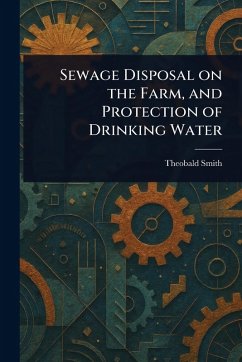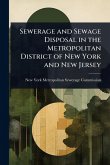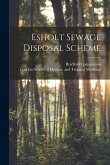"USDA Farmers' Bulletin No. 43: Sewage Disposal on the Farm, and Protection of Drinking Water" by Theobald Smith is a crucial historical document addressing the vital intersection of farm sanitation and environmental health. Originally published as a guide for farmers, this bulletin provides detailed insights into sewage disposal methods for rural settings, with a strong emphasis on safeguarding drinking water sources. Explore practical approaches to farm sanitation, examining techniques designed to prevent water contamination and promote effective sewage disposal. This essential resource offers a glimpse into the past, showcasing early 20th-century strategies for managing waste and protecting the environment. A valuable read for anyone interested in the history of agriculture, environmental conservation, and the evolution of waste management practices. It remains relevant for understanding the enduring challenges of rural sanitation and the importance of safe drinking water. This work has been selected by scholars as being culturally important, and is part of the knowledge base of civilization as we know it. This work is in the public domain in the United States of America, and possibly other nations. Within the United States, you may freely copy and distribute this work, as no entity (individual or corporate) has a copyright on the body of the work. Scholars believe, and we concur, that this work is important enough to be preserved, reproduced, and made generally available to the public. We appreciate your support of the preservation process, and thank you for being an important part of keeping this knowledge alive and relevant.
Bitte wählen Sie Ihr Anliegen aus.
Rechnungen
Retourenschein anfordern
Bestellstatus
Storno






![The Farm Water Supply and Sewage Disposal [microform] The Farm Water Supply and Sewage Disposal [microform]](https://bilder.buecher.de/produkte/66/66196/66196984m.jpg)

![House Drainage Manual [electronic Resource]: a Guide to the Design and Construction of Systems of Drainage and Sewage Disposal From Houses House Drainage Manual [electronic Resource]: a Guide to the Design and Construction of Systems of Drainage and Sewage Disposal From Houses](https://bilder.buecher.de/produkte/65/65509/65509648m.jpg)
